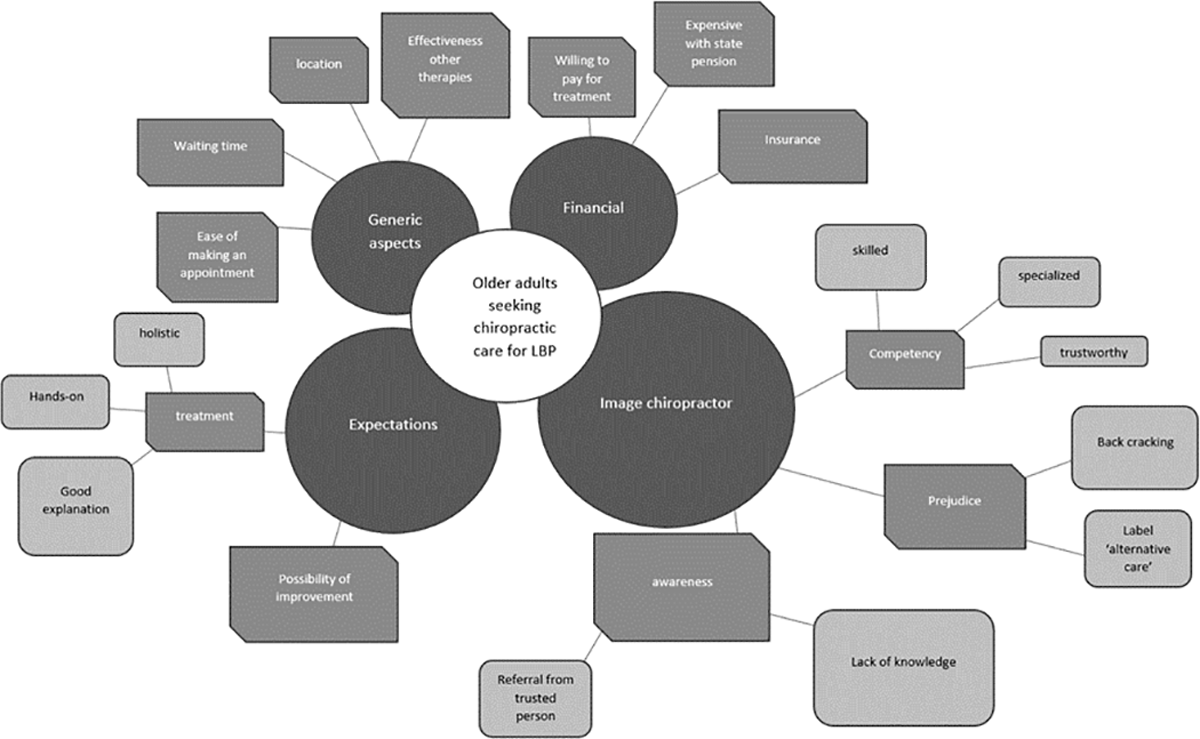The Role of Chiropractic Care in Older Adults
SOURCE: Chiropractic & Manual Therapies 2012 (Feb 21); 20 (1): 3
Paul E Dougherty, Cheryl Hawk,
Debra K Weiner, Brian Gleberzon,
Kari Andrew and Lisa Killinger
Research Department,
New York Chiropractic College,
2360 State Route 89,
Seneca Falls, NY 13148, USA.
There are a rising number of older adults; in the US alone nearly 20% of the population will be 65 or older by 2030. Chiropractic is one of the most frequently utilized types of complementary and alternative care by older adults, used by an estimated 5% of older adults in the U.S. annually. Chiropractic care involves many different types of interventions, including preventive strategies. This commentary by experts in the field of geriatrics, discusses the evidence for the use of spinal manipulative therapy, acupuncture, nutritional counseling and fall prevention strategies as delivered by doctors of chiropractic. Given the utilization of chiropractic services by the older adult, it is imperative that providers be familiar with the evidence for and the prudent use of different management strategies for older adults.
From the Full-Text Article:
Introduction
There are more articles like this @ our:
About Chiropractic Page and the:
Medicare Information Page
and the brand new:
By 2030, nearly one in five U.S. residents is expected to be age 65 or older [1]. An estimated 14% of patients treated by doctors of chiropractic (DCs) are 65 and older [2]. The most common reason for an older adult to see a DC is musculoskeletal pain, most often lower back pain [3]. Although the most common reason for older adults seeking chiropractic care is for musculoskeletal symptoms, DCs may also provide a diverse range of services to these patients [4]. Given this fact, for the purpose of this manuscript chiropractic care will be defined as; “the provision by a doctor of chiropractic of services related to patient assessment, maintenance of health, prevention of illness, and treatment of illness or injury”. The focus of this manuscript is to describe the evidence for achievement of some of these goals in the older adult population. The purpose of this manuscript is to present an overview of information to the practicing chiropractor on utilization of specific management tools. This is not meant to be a systematic review of the literature or an evidence based guideline. The authors each have personal experience in evaluating and treating older adults as well as established expertise in research and publication in these areas. The authors recognize that there is a need for further research in the area of management of the older adult by DC’s and discuss in the conclusion future research considerations.
Although chiropractic encompasses many different treatment modalities, the authors have chosen to focus on five specific interventions that are commonly utilized by DCs: spinal manipulative therapy (SMT), acupuncture, physical activity/exercise, nutritional counseling and fall prevention [5, 6]. These have been chosen not only because they are commonly utilized treatments, but also because they align with certain goals of Healthy People 2020: 1) to reduce the proportion of older adults with functional limitations and 2) to increase the proportion of older adults with reduced physical or cognitive function engaging in physical activities; 3) to reduce the number of falls among older adults [7, 8].
Many older adults utilize chiropractic services throughout the US and Canada. A recent longitudinal study reported 14.6% utilization over a 15 year period (1993–2007) with an annual prevalence rate of between 4.1%–5.4% [2]. The majority of older adults seek chiropractic care for back and/or neck pain, and treatment approaches for these conditions vary widely. Most DCs utilize some form of SMT. More than 90% provide nutritional advice and recommend nutritional supplements. Most also recommend therapeutic exercises and advise patients to engage in physical activity [5, 6]. There is also a growing trend in the utilization of acupuncture in older adults [9]. Although few studies have specifically evaluated the role of chiropractic care in older adults, it is imperative that practicing DCs familiarize themselves with the unique nuances of dealing with older adults and understand the evidence for treatment approaches. The authors provide a brief overview of the current evidence for each of the interventions listed above as well as their commonly reported indications and contraindications.
Role of spinal manipulative therapy in older adults
Read the rest of this Full Text article now!





Leave A Comment